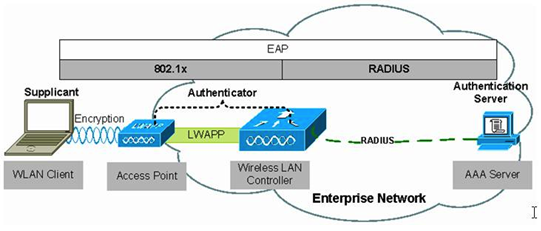Planning and Design
System Design Principles
Networks are more complex than ever before. The demands placed on them continue to increase. You need a platform that supports automated tasks, simplified management, and flexible migrations. Our network infrastructure planning and design is based on simplify IT and promote new business opportunities with an open and programmable approach to networking. Regardless of network size or requirements, a critical factor for the successful implementation of any network design is to follow good structured engineering principles. These principles include:
Hierarchy:
A hierarchical network model is a useful high-level tool for designing a reliable network infrastructure. It breaks the complex problem of network design into smaller and more manageable areas.
Modularity:
By separating the various functions that exist on a network into modules, the network is easier to design.
Flexibility:
The ability to modify portions of the network, add new services, or increase capacity without going through a major forklift upgrade (i.e., replacing major hardware devices).
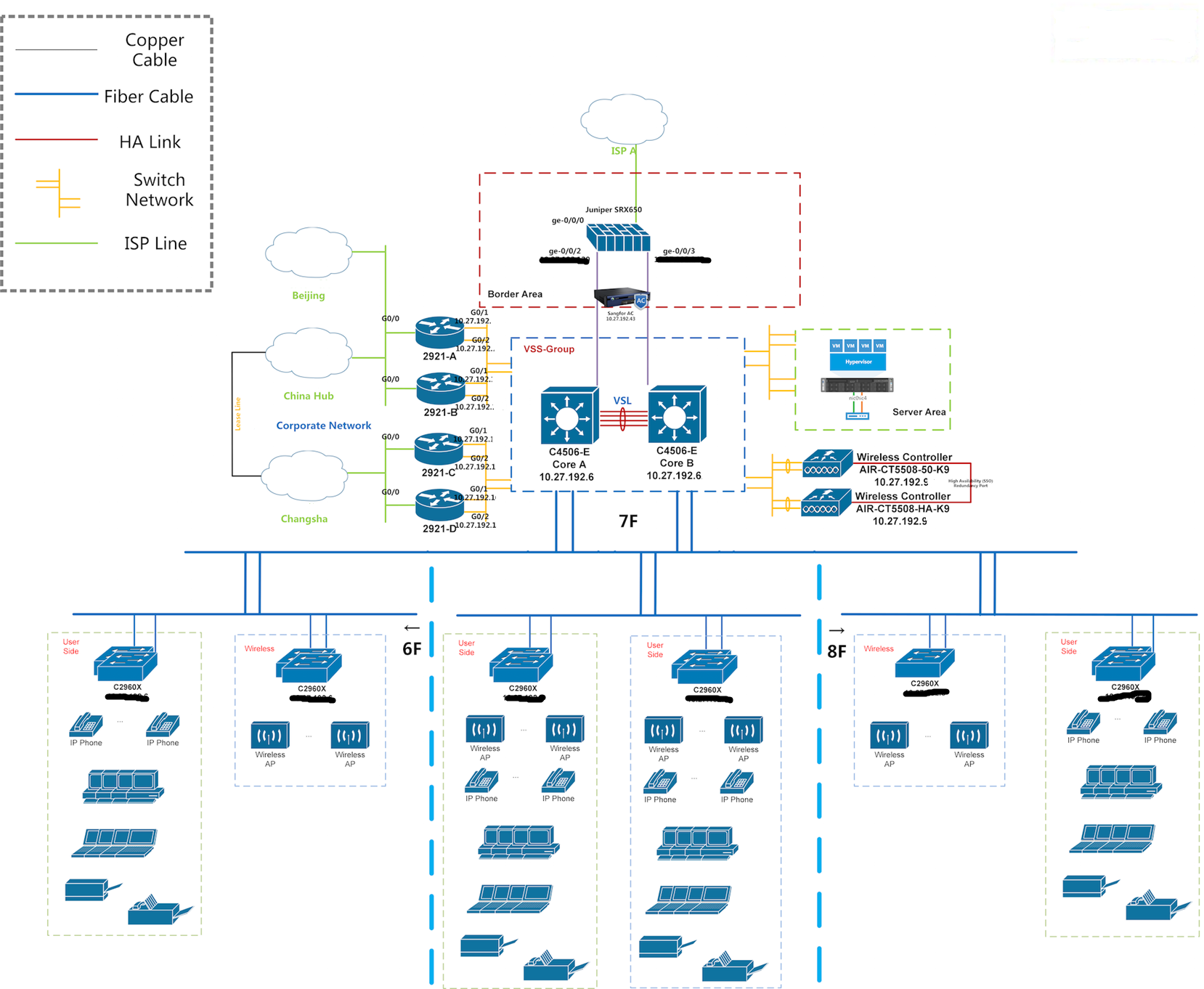
Overview Top
Building network infrastructure will be a 2 layer structure: Core Layer and Access Layer
2 units of redundant Cisco C4500 core switches
Cisco WLC (50 AP base licenses), Cisco High Availability (HA) feature (that is, AP SSO)
Stacked Cisco 2960 (48 ports) POE switches as distribution layer on each floor connected to core switch with fiber
Core Layer:
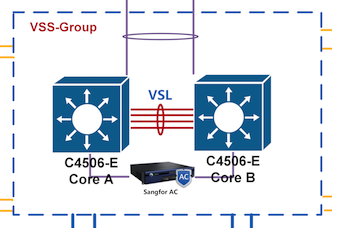
Access Layer
Access Network Over-subscription Ratios
(48port*1Gbps*6):(10Gbps*2)=14.4:1?
WAN Boarder
Site Connect
Wireless Network
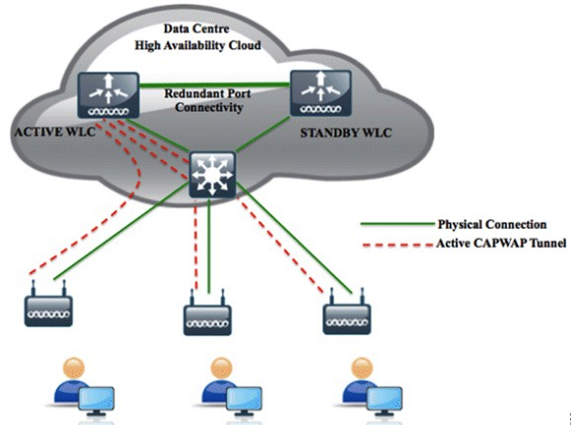
Cisco WLC redundancy SSO High Availability
Cisco High Availability (HA) feature (that is, AP SSO) set within the Cisco Unified Wireless Network allows the access point (AP) to establish a CAPWAP tunnel with the Active WLC and share a mirror copy of the AP database with the Standby WLC. The APs do not go into the Discovery state when the Active WLC fails and the Standby WLC takes over the network as the Active WLC.
There is only one CAPWAP tunnel maintained at a time between the APs and the WLC that is in an Active state. The AP SSO support to the Cisco Unified Wireless LAN is to reduce major downtime in wireless networks due to failure conditions that may occur due to box failover or network failover.
Redundant Port Connectivity between 5500 WLCs in an HA Setup:
Access Point Portfolio Placement
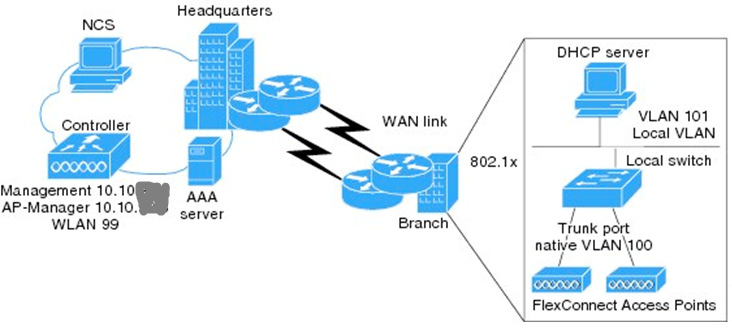
Antenna Azimuth and Elevation Radiation Patterns
Radiation pattern for AP 3700i Internal Antenna @ 2.4 GHz
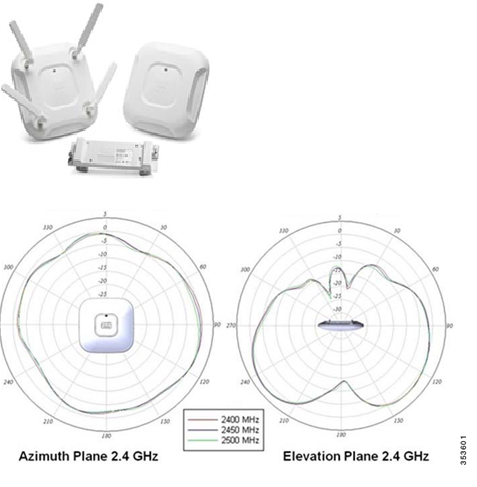
Radiation Pattern for AIR-ANT2566D4M-R @ 2.4 GHz
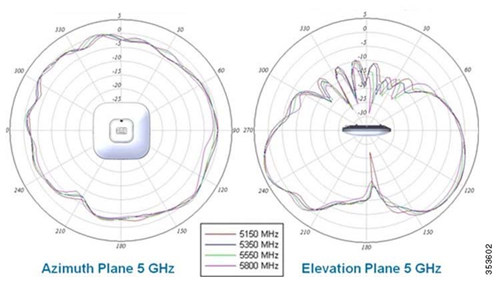
AP Placement and WLAN Coverage HeatMaps
These maps show the color coded WLAN Coverage in dBm (RSSI) at each point on the floor map
RSSI Coverage Map for 802.11a/n/ac
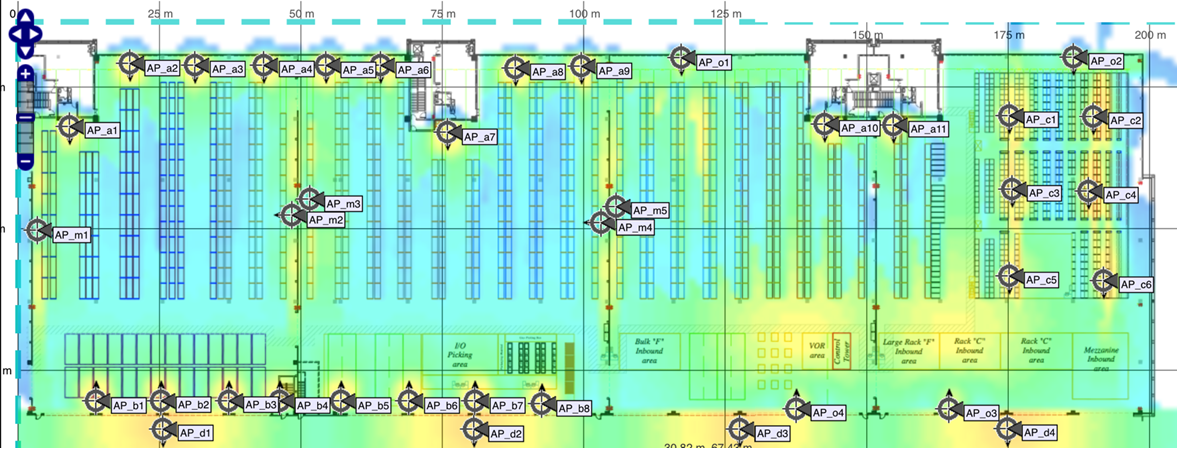
WLAN INFO
No. WLAN SSID Security Policies Purpose Remark
1 Guest [WPA2][Auth(PSK)] Guest
2 Password [WPA2][Auth(PSK)]
3 Employees [WPA2][Auth(802.1X)]
Secure Wireless Topology
